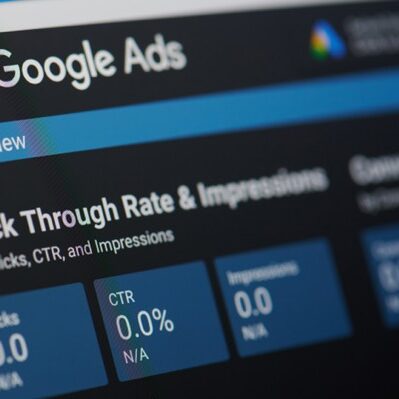Running Google Ads can often feel like embarking on a never-ending journey with little to show for the effort. It’s a common frustration shared by many, wondering why these supposedly straightforward tools aren’t generating expected results. To delve into the complexities of why Google Ads might not be working and how you can mend this, we turn to insights shared by Virteom and their expert, Dan.
Understanding the Google Ads Enigma
At first glance, launching a Google Ads campaign seems as simple as creating an ad, paying for it, and waiting for the leads to roll in. However, the reality can be vastly different. Herein lies the paradox: even the perfect ad, when landing on an imperfect website, can fall flat. This is where substance overcomes aesthetics. A beautifully designed website lacking depth and value will not convert visitors into customers.
Fixing Your Website’s Value Proposition
- Quality Content: Ensure your website content is compelling and communicates value. It’s not just about aesthetics; it’s about speaking to your audience’s needs.
- User Experience: Evaluate if your site’s navigation and layout encourage users to explore more deeply or if they deter them from engaging further.
- Call-to-Action: Is your call-to-action clear and motivating? Users need to know what the next step is in a way that feels urgent and natural.
Buying Your Way to the Top
Many advertisers cling to the notion that a larger budget is the key to success, automatically equating paid prominence with visitor engagement. Google Ads can undoubtedly elevate your visibility, placing you at the top of search results. However, let us not overlook an essential truth: being noticed is not the same as being chosen.
Understanding Your Audience’s Behavior
- Ad Recognition: A segment of users avoids clicking on ads, knowing they’re paid spots. Conversely, another segment trusts the relevance of paid listings. Catering to the latter requires proving the ad’s relevance quickly.
- Relevance and Retention: Users who don’t find immediate value upon clicking will bounce quickly, derailing your efforts.
The Treasure of Knowing Your Market
One common pitfall with Google Ads is misalignment in targeting. As illustrated by Dan’s example of a landscaper whose ads underperformed, knowing precisely who your audience is— and isn’t—can make all the difference. Mark, the landscaper, depicted high-end services in his ads, inadvertently alienating potential customers looking for more modest offerings.
Strategies for Better Market Alignment
- Targeted Messaging: Tailor your message to hit the sweet spot of your desired market. Showcase differentiation but do so for the right audience.
- Stepping-Stone Sales: Consider initial lower-cost offerings that can eventually lead customers to higher-value purchases.
Metrics: The Silent Truth-Tellers
Data should be your guiding light in refining your Google Ads campaigns. As Dan wisely advises, decisions steeped in data avoid the peril of being overrun by emotion. Analyzing metrics, like click-through rates and conversion data, unveils significant insights into campaign performance.
Key Metrics to Monitor
- Click-Through Rate (CTR): Understand what percentage of viewers are engaging with your ads.
- Conversion Rate: From person browsing to person buying—is your site holding users’ interest?
- Bounce Rate: Are visitors leaving your page too soon? If so, find out why.
Conclusion: Finding the Sweet Spot
The journey of optimizing Google Ads demands attentiveness and patience. It’s about striking the right balance between eye-catching design and impactful, value-driven substance. Knowledge about your audience combined with a robust analysis of metrics will help uncover why your ads aren’t performing and guide adjustments that bear fruit.








